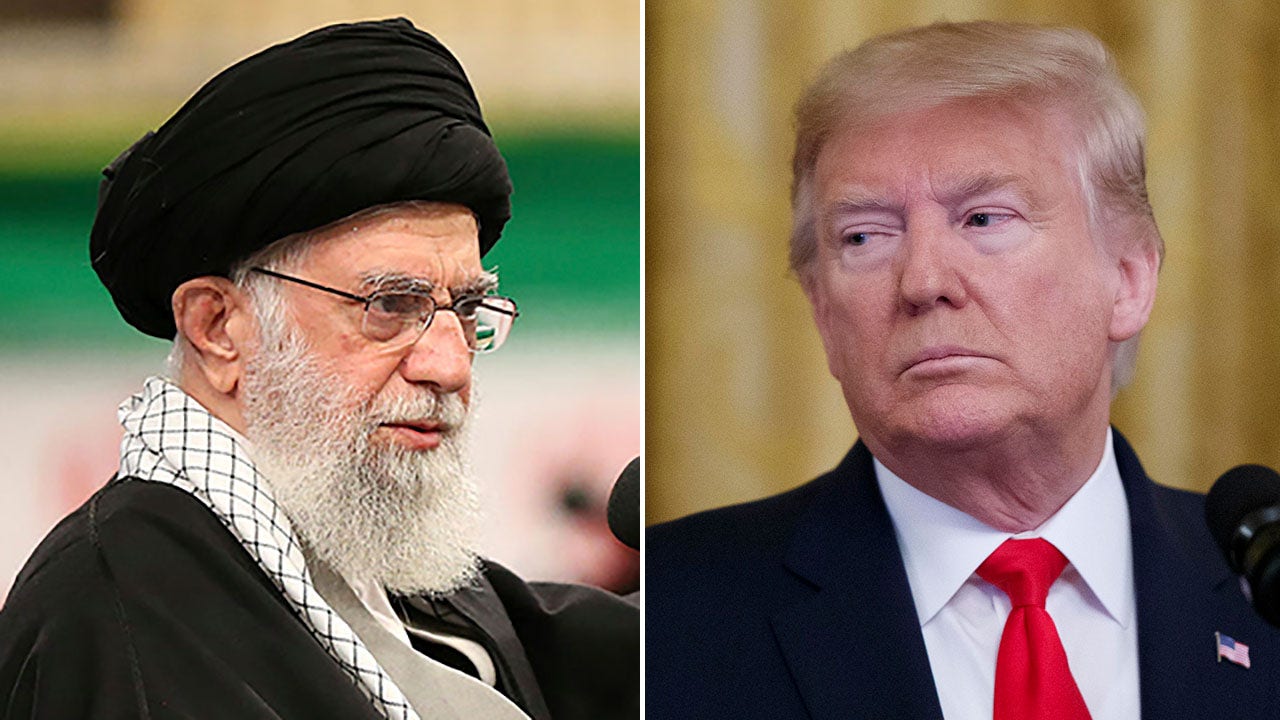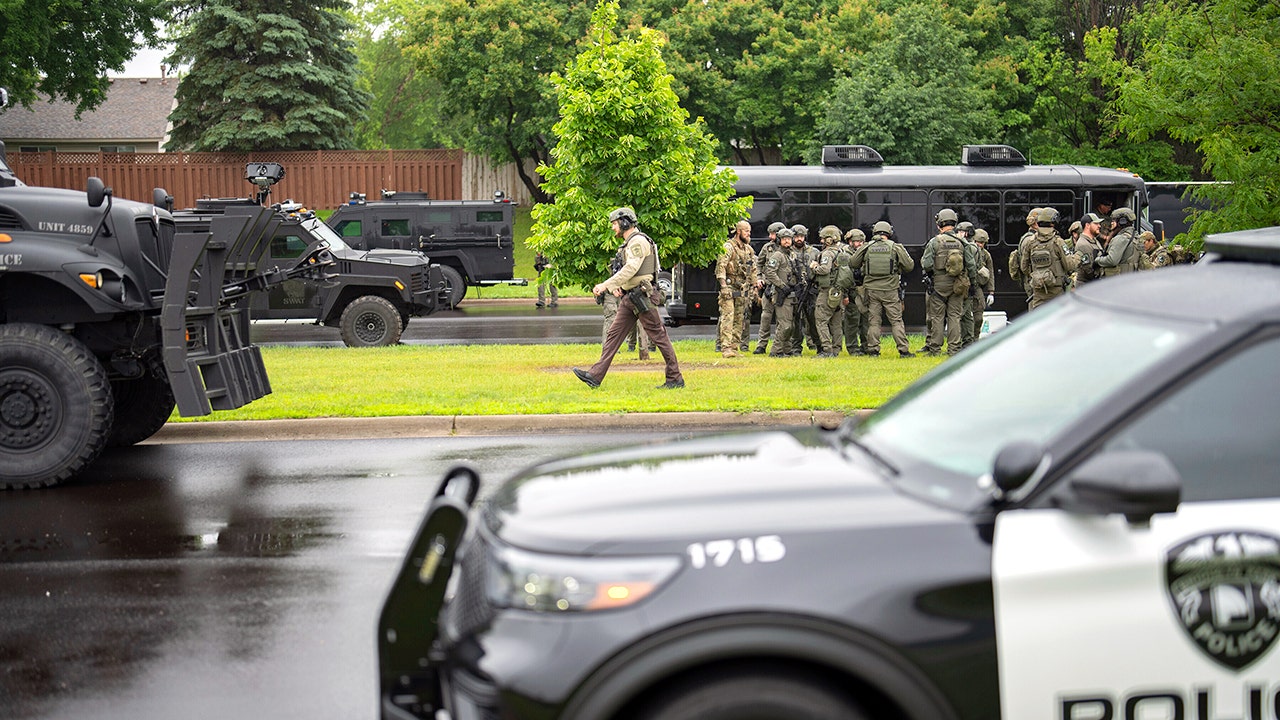Trump reinstates ‘maximum pressure’ campaign against Iran

President Donald Trump made a significant move on Tuesday by unveiling an executive order that reinstates a “maximum pressure” campaign against Iran. This announcement coincided with a visit from Israeli Prime Minister Benjamin Netanyahu to the White House. Trump expressed his inner conflict about signing the order, admitting that he was “unhappy to do it” due to the harshness of the sanctions it imposes on Iran. He emphasized that he hopes the order will not need to be utilized extensively in the future.
The executive order directs the Treasury Department to implement “maximum economic pressure” on Iran through a series of sanctions targeting the country’s oil exports. This move is a continuation of Trump’s previous administration’s strategy of adopting a “maximum pressure” initiative against Tehran, which involved imposing stricter sanctions and enforcing them rigorously.
Lawmakers in the United States are also showing interest in applying more pressure on Iran. Senators Lindsey Graham and John Fetterman, along with House lawmakers, introduced a resolution affirming that all options should be considered in addressing Iran’s nuclear threat. Graham highlighted the potential dangers of Iran obtaining a nuclear weapon, stating that it would be one of the most destabilizing events in world history.
Graham, in anticipation of Netanyahu’s visit, emphasized the importance of taking action against Iran’s nuclear program. He suggested that now is the opportune moment to eliminate the threat posed by Iran’s nuclear capabilities and expressed support for Israel in potentially dismantling Iran’s nuclear facilities.
Following Trump’s withdrawal from the Iran nuclear deal in 2018, strict sanctions were reimposed on Iran. The Joint Comprehensive Plan of Action, brokered under the Obama administration in 2015, had lifted sanctions on Iran in exchange for restrictions on its nuclear program. Despite this, Trump hinted at the possibility of securing a new nuclear deal with Iran in January.
In addition to the executive order targeting Iran, Trump also signed orders withdrawing the U.S. from the United Nations Human Rights Council and cutting funding for the United Nations Relief and Works Agency for Palestine Refugees (UNRWA). These decisions reflect the administration’s commitment to reshaping its international relations policies.
Overall, Trump’s executive order on Iran signifies a continuation of his tough stance on the country, with hopes of achieving a resolution to the nuclear threat it poses. The ongoing efforts to pressure Iran economically and diplomatically underscore the administration’s commitment to addressing one of the most pressing issues in global security.




